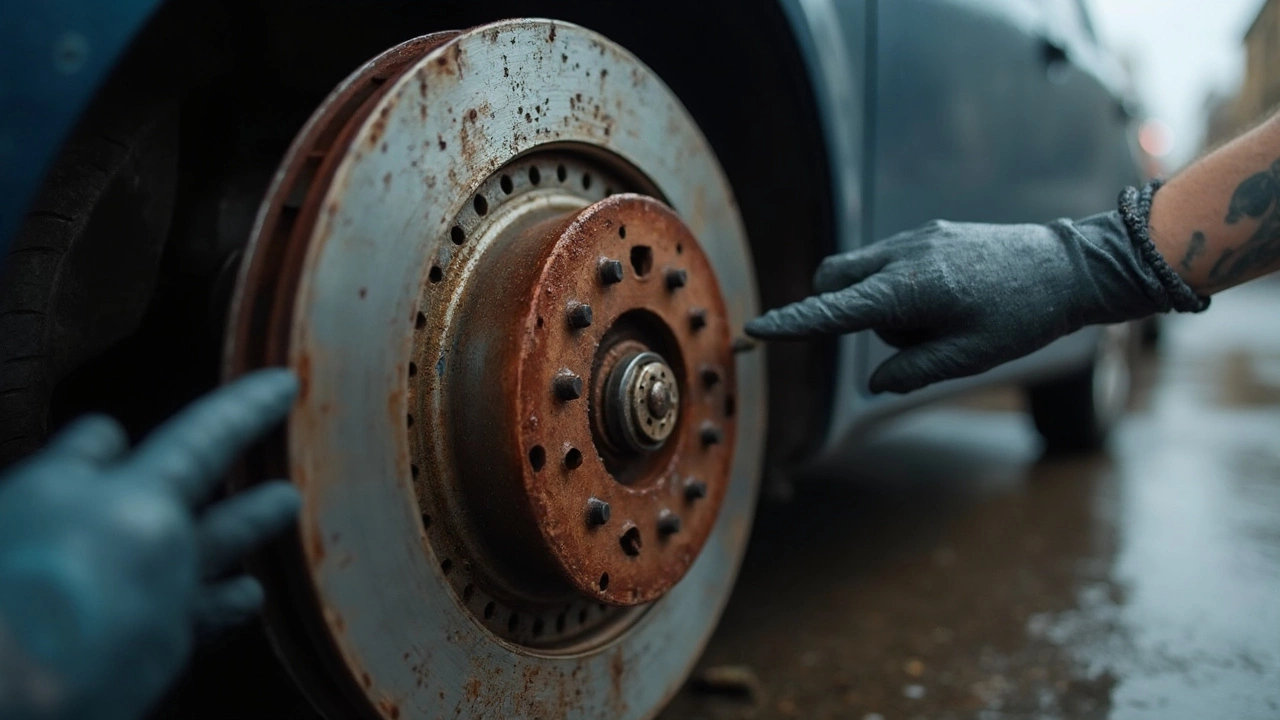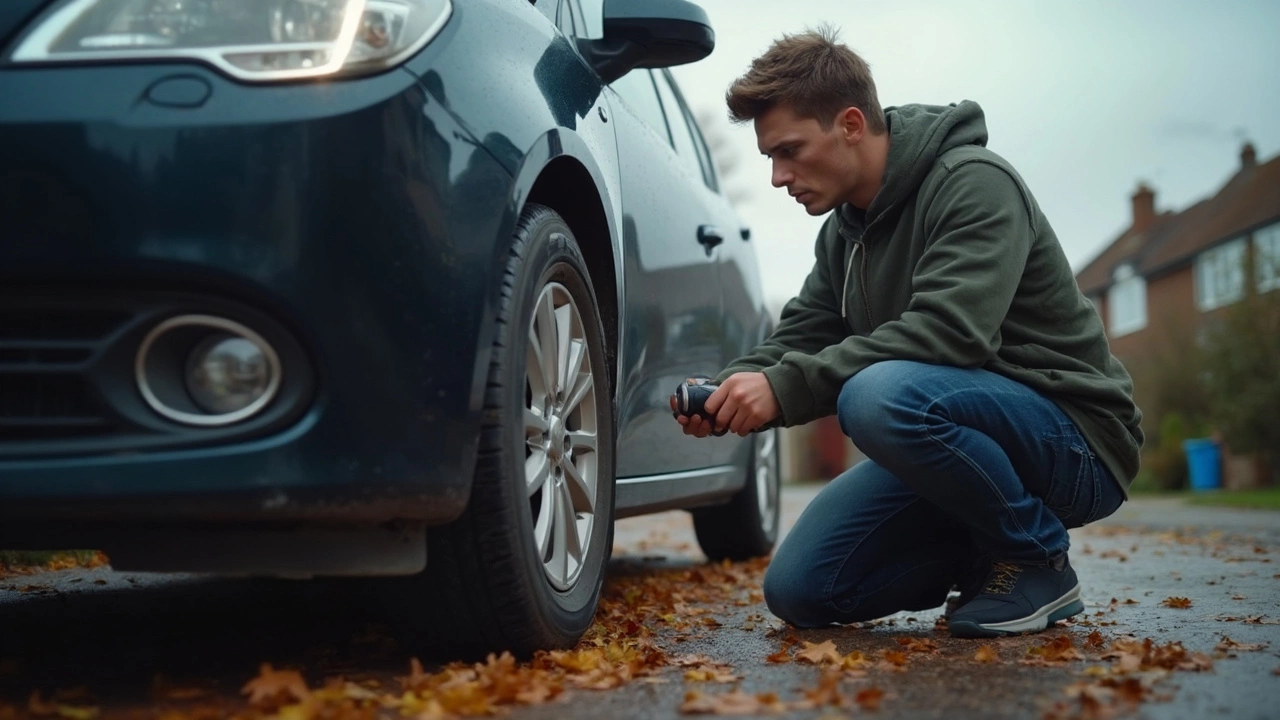Brake Problems: What Causes Them and How to Fix Them
When dealing with brake problems, any loss of stopping power, squeaking, or pulsating feel while braking, you need a clear picture of what’s actually going on under the hood. Also known as braking issues, brake problems can stem from a handful of critical components, and spotting the root cause early saves money and keeps you safe on the road. In this guide we’ll break down the most common culprits, explain why they matter, and show you practical steps to keep your brakes performing. brake problems affect every driver, whether you’re commuting daily or taking a weekend road trip.
Key Areas to Check
One of the first things to inspect is the brake pads, the friction material that presses against the rotor to slow the wheel. Worn pads produce a high‑pitched squeal and reduce stopping distance, which is a classic sign of brake problems. Pair that with the condition of the brake rotors, the metal discs that the pads clamp onto. Rotors can become warped or develop deep grooves, leading to vibration or pulsation through the pedal. If you notice any of these symptoms, replacing the pads and resurfacing or swapping the rotors is often the most cost‑effective fix. Both pads and rotors work together, so neglecting one while fixing the other can leave you with recurring issues – a clear example of how brake problems encompass multiple parts that must be balanced.
Beyond pads and rotors, brake fluid, the hydraulic liquid that transfers force from the pedal to the brake calipers plays a vital role. Moisture can seep into the fluid over time, lowering the boiling point and causing a spongy pedal feel, especially on steep descents. Flushing the system and refilling with fresh DOT fluid restores proper pressure and eliminates a common source of brake fade. Another modern safety feature to watch is the ABS, the anti‑lock braking system that prevents wheel lock‑up during hard braking. Faulty ABS sensors or a malfunctioning control module can trigger warning lights and reduce braking efficiency. Addressing fluid quality and ABS health not only solves many brake problems but also ensures the whole system works in harmony, reinforcing the semantic link that proper maintenance of each component supports overall brake performance. Below you’ll find a curated set of articles that dive deeper into each of these topics, offering step‑by‑step guidance, cost estimates, and tips to keep your brakes reliable.

Can You Drive a Car with Bad Rotors? Hard Truths About Worn Brakes
May 11 2025 / Brake PadsEver wondered if you can keep driving your car when the rotors are bad? This article breaks down what actually happens if you ignore worn rotors, why they matter, and what risks come with pushing your luck. You'll learn the real symptoms, hidden dangers, what repairs actually involve, and how long you can get away with it (spoiler: not long). If you're hearing squeaks or feeling shakes, don't wait until it's too late—we're giving you practical info to keep you, your wallet, and your car safe.
VIEW MORE
How to Tell if Brake Pads Are Bad: Easy Signs You Should Never Ignore
Apr 29 2025 / Brake PadsKnowing when your brake pads are bad isn't rocket science—you just need to know the real-life clues. This article breaks down the easy-to-miss (and hard-to-ignore) signs of worn brake pads, how they affect safety, and tips for spotting issues before they get expensive. Find out exactly what squeaks, vibrations, and warning lights really mean. You'll also learn some clever basics anyone can use to check brake health at home. Save your wallet and catch brake problems before they wreck your day.
VIEW MORE